1. What is AOD9604?
AOD9604 is a synthetic peptide fragment derived from the C-terminal end of human growth hormone (hGH). Originally developed as an anti-obesity drug candidate, AOD9604 has been shown to stimulate fat metabolism and promote lipolysis without affecting blood sugar or growth hormone levels. It is widely researched for its potential use in weight management and regenerative medicine.
2. AOD9604 Structure
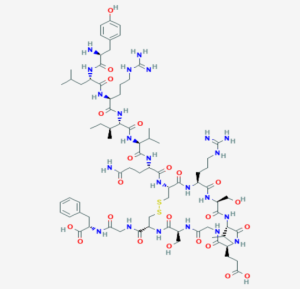
【pictures linking,https://pubchem.ncbi.nlm.nih.gov/compound/16131447】
Sequence: Tyr-Leu-Arg-Ile-Val-Gln-Cys-Arg-Ser-Val-Glu-Gly-Ser-Cys-Gly-Phe Disulfide bridge Cys7-Cys15
Molecular Formula: C78H123N23O23S2
Molecular Weight: 1815.12 g/mol
PubChem CID: 16131447
CAS Number:221213-10-3
3、AOD-9604 research
AOD-9604: Metabolic Modulator & Fat-Targeting Peptide
AOD-9604 is a 16-amino-acid peptide fragment derived from the C-terminal region (aa 176–191) of human growth hormone. It’s specifically designed to stimulate lipolysis (fat breakdown) without affecting blood sugar or muscle growth, making it a promising tool for fat loss and metabolic improvement (https://pubmed.ncbi.nlm.nih.gov/11146367/).
【1】AOD9604 and Obesity
AOD9604 was originally developed as an analogue of HGH with the express purpose of fighting fat. Phase 2b clinical trials were completed in Australia testing the drug in 300 obese individuals. The results of once daily administration of the peptide for 12 weeks showed that the drug tripled weight loss when compared to placebo and that the rate of weight loss remained steady during the trial period[https://pubmed.ncbi.nlm.nih.gov/11713213/], [https://www.jofem.org/index.php/jofem/article/view/157]. This latter fact indicates that a resistance to the peptide is unlikely to arise and that longer-term treatment would result in even greater weight loss.
Research in mice that are genetically prone to obesity indicates that AOD9604 most likely does not work only by affecting the beta-3-adrenergic receptors found on white fat. It was originally speculated that the peptide bound in these receptors and increased the rate of metabolism in fat cells, shifting them from a storage mode to a usage mode. It turns out that even in mice that lack these receptors, fat loss takes place when AOD9604 is administered5 . Though the beta-3-adrenergic receptor likely plays a role in fat loss
secondary to AOD9604, at least one other mechanism must be in play as well. There is some thought that AOD9604may indirectly activate apoptosis in white fat cells.
【2】Human Clinical Evidence
A 23-week randomized trial showed participants taking 1 mg/day had an average 2.8 kg weight loss, compared to 0.8 kg in the placebo group. However, a larger Phase 2B trial (536 subjects, 24 weeks) did not demonstrate significant efficacy, indicating the need for optimized dose and delivery strategies.
【3】Safety & Insulin Neutrality
Long-term studies in animals and humans confirmed that AOD 9604 is well tolerated with no impact on insulin resistance or IGF-1 levels. No anti-AOD-9604 antibodies were detected, and no serious adverse effects were reported, supporting its safer profile compared with hGH analogues (https://pubmed.ncbi.nlm.nih.gov/11146367/).
【4】Mechanism of Action
| Mechanism | Effect |
| Lipolysis Activation | Stimulates fat breakdown via β3-adrenergic receptors, increasing free fatty acid release in adipose tissue (https://en.wikipedia.org/wiki/AOD9604?utm_source=chatgpt.com). |
| Anti Lipogenesis | Inhibits new fat formation—contributing to body composition improvement, especially when used with healthy diet/exercise . |
📈 Suggested Charts & Figures
Body Weight Change in Zucker rats vs control (–50% gain)
Human Weight Loss Curve (1 mg/day vs placebo over 23 weeks)
Insulin Sensitivity Metrics (clamp data showing neutral effect)
Fat Composition: Change in fat vs lean mass
4. Future AOD9604 Research
Looking ahead, AOD‑9604 is attracting interest in its role as a metabolic modulator beyond simple weight loss. While early clinical trials demonstrated modest fat reduction without impacting blood sugar or IGF‑1 levels 【https://pmc.ncbi.nlm.nih.gov/articles/PMC3584306/?utm_source=chatgpt.com】 , future studies are poised to explore its potential in treating metabolic conditions such as type 2 diabetes, NAFLD (non-alcoholic fatty liver disease), and metabolic syndrome. Researchers are especially eager to investigate how AOD‑9604 may enhance insulin sensitivity and reduce inflammation by modulating lipid signaling pathways—notably via β₃‑adrenergic receptors and enzymes like HSL and ACC .
In addition, a new frontier focuses on AOD‑9604’s role in regenerative and orthopedic medicine. Preliminary data suggest that intra-articular injections may promote cartilage regeneration and reduce joint inflammation【https://www.annclinlabsci.org/content/45/4/426.full?utm_source=chatgpt.com】 . Future research aims to test optimized dosing regimens—perhaps in combination with hyaluronic acid or growth factors—to support repair in osteoarthritis and other degenerative joint conditions. If confirmed, these regenerative effects could be transformative for musculoskeletal health, positioning AOD‑9604 as a dual-action therapeutic for both metabolic and tissue repair indications.
ALL ARTICLES AND PRODUCT INFORMATION PROVIDED ON THIS WEBSITE ARE FOR INFORMATONAL AND EDUCATIONAL PURPOSES ONLY.
The products offered on this website are furnished for in-vitro studies only. In-vitro studies(Latin: in glass) are performed outside of the body. These products are not medicines or drugs and have not been approved by the FDA to prevent, treat or cure any medical condition, ailment or disease. Bodily introduction of any kind into humans or animals is strictly forbidden by law.

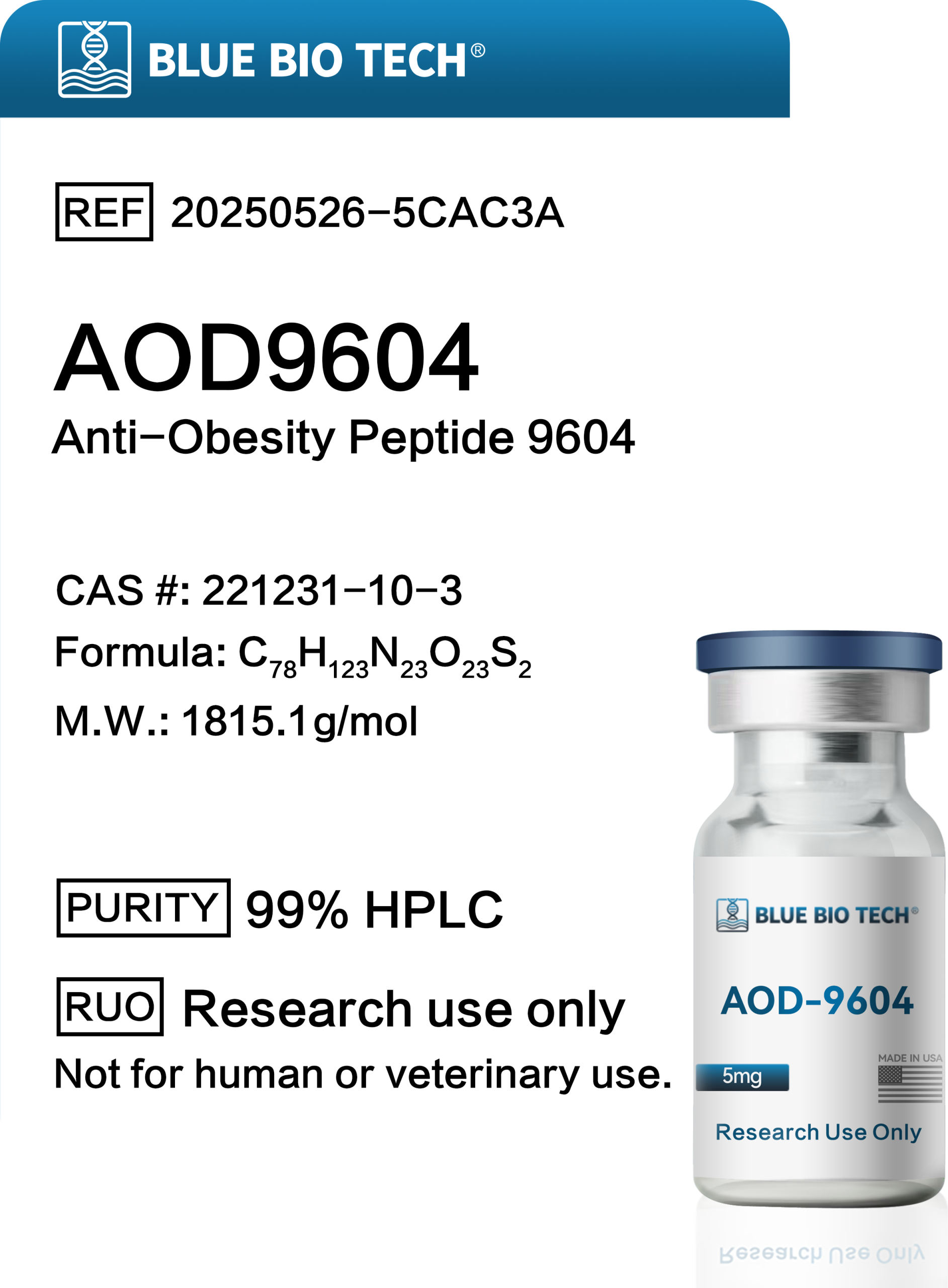
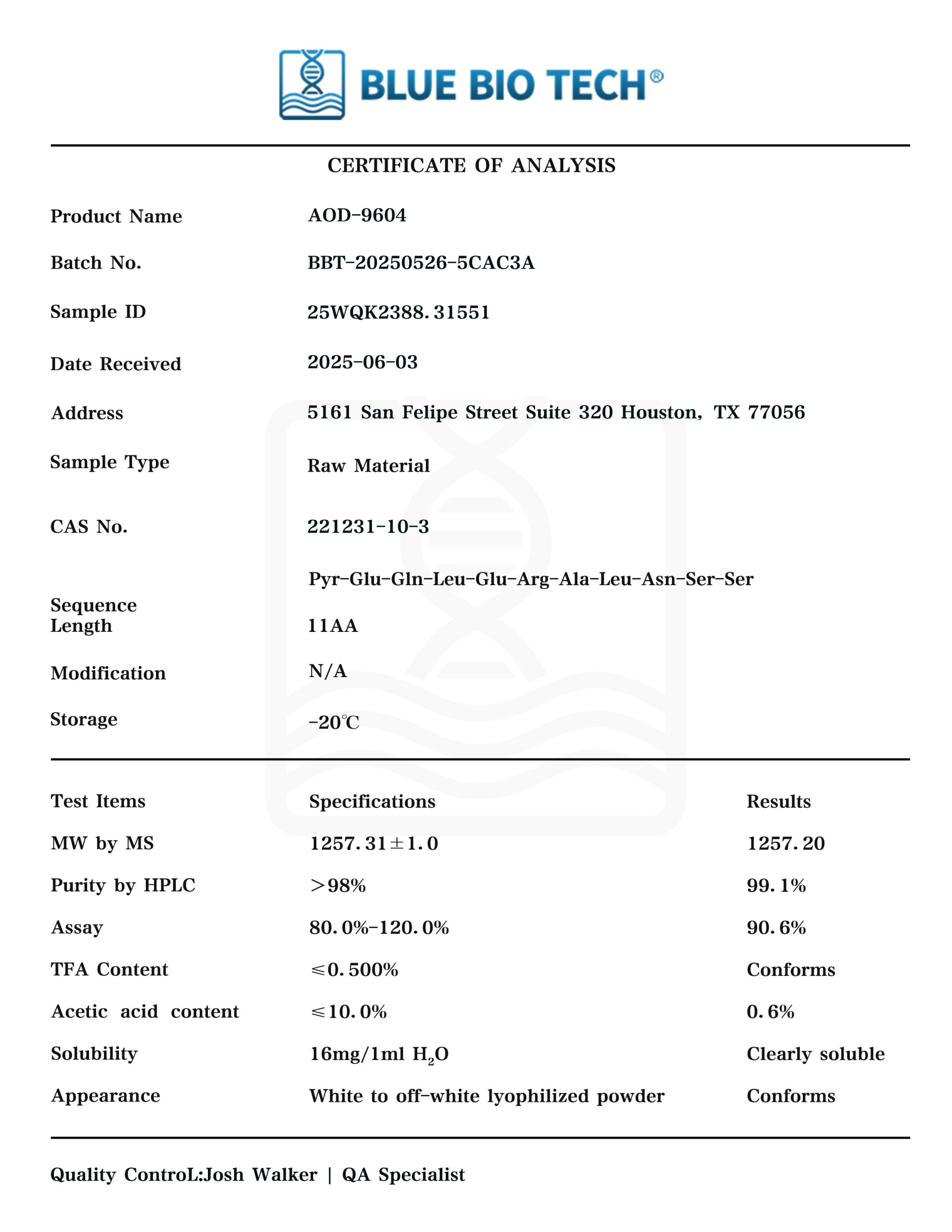
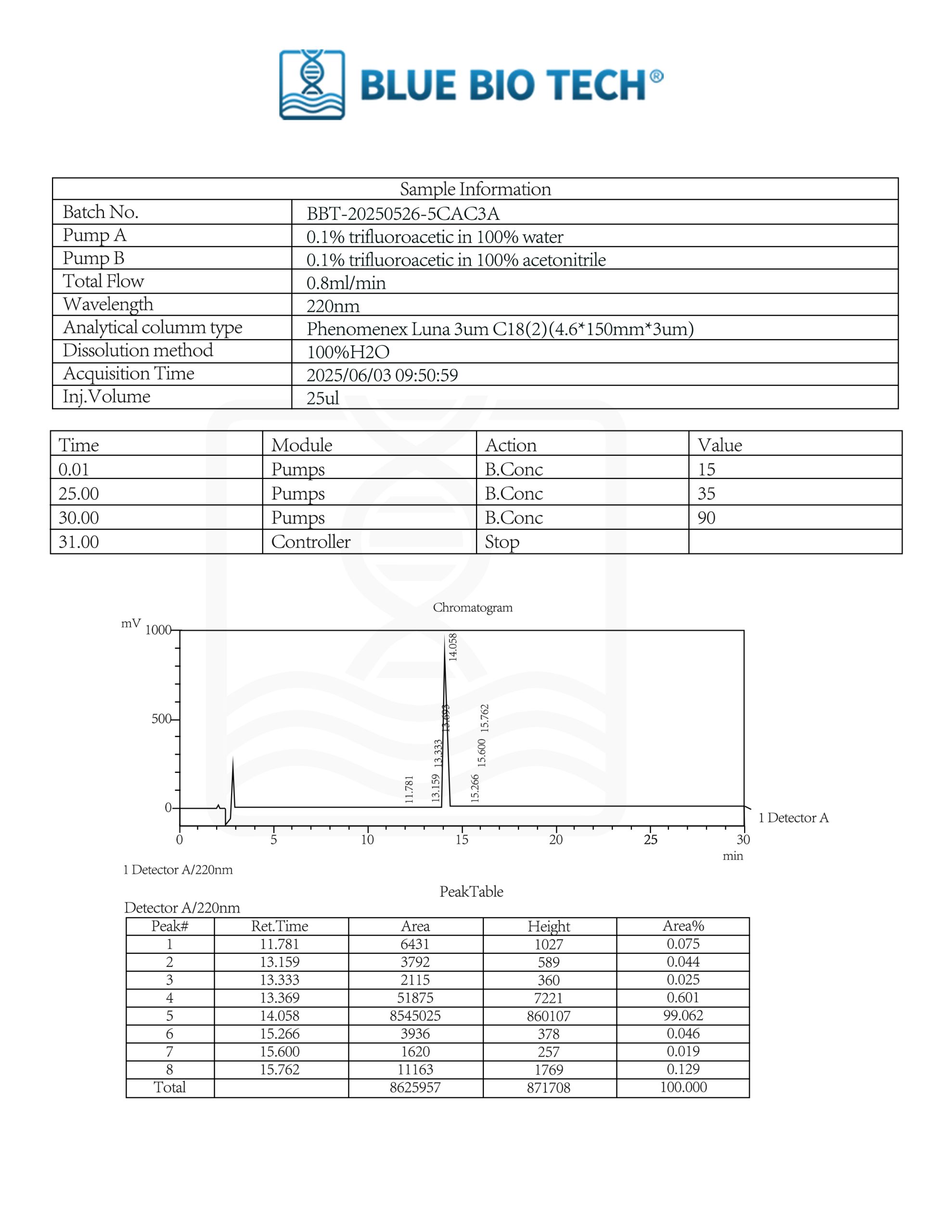
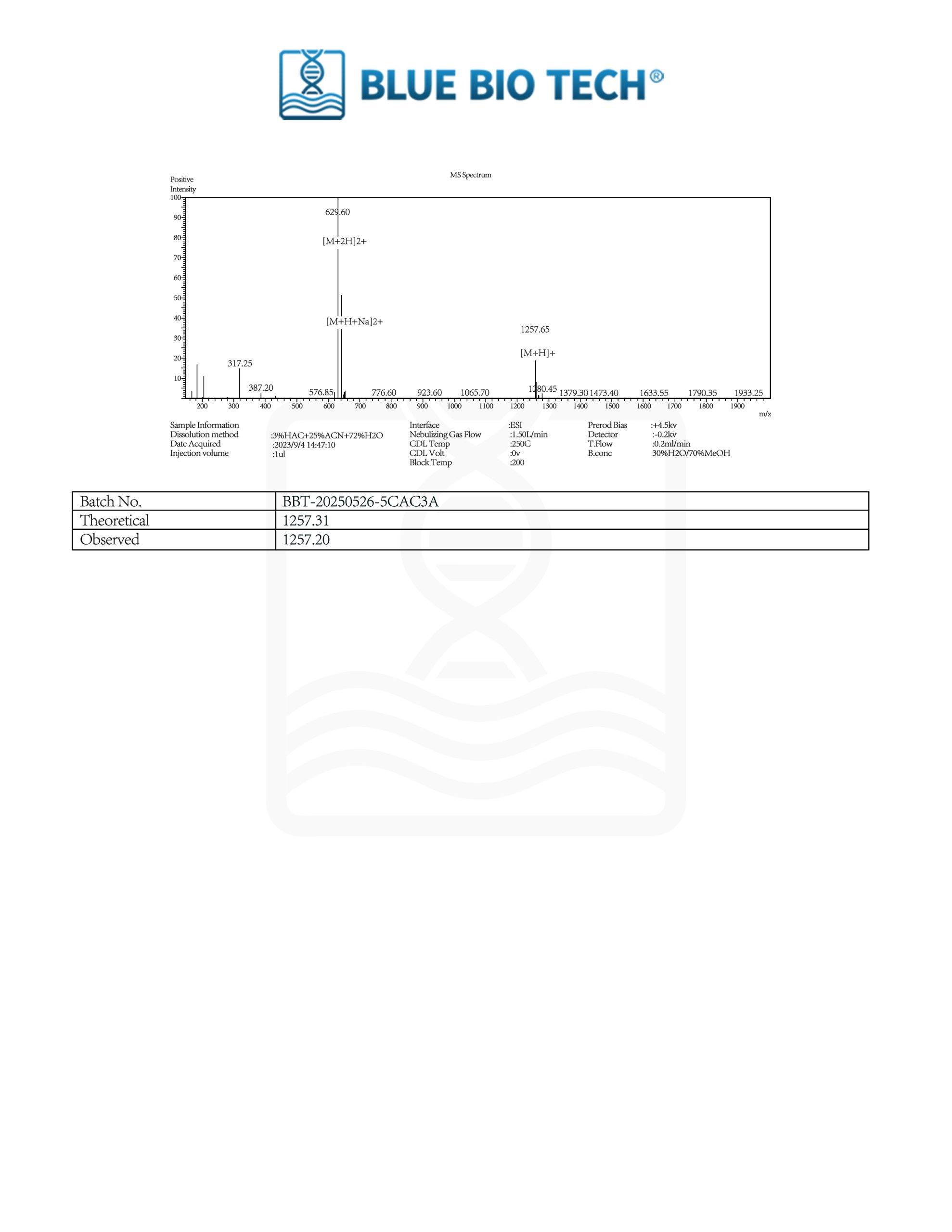
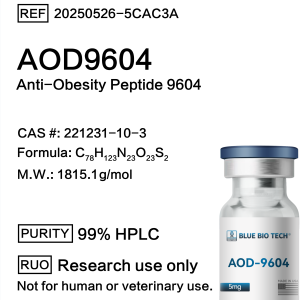
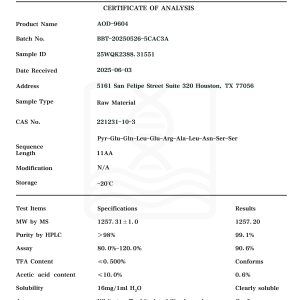
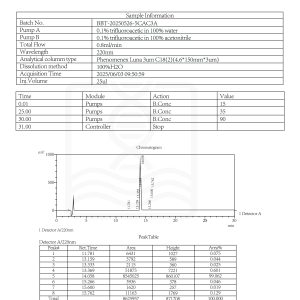
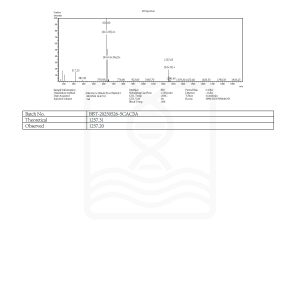
-100x100.png)

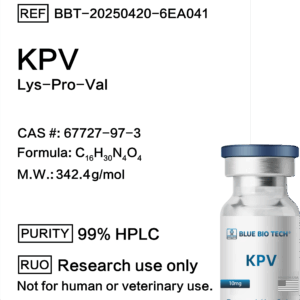
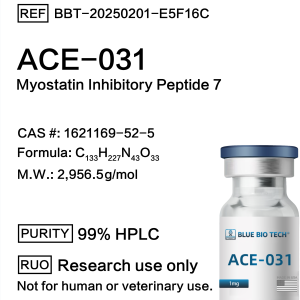
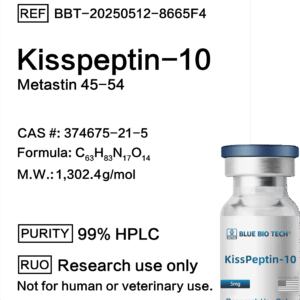
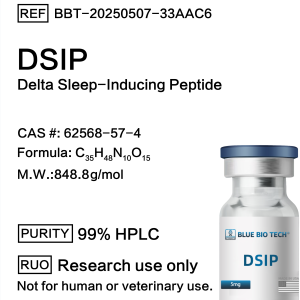
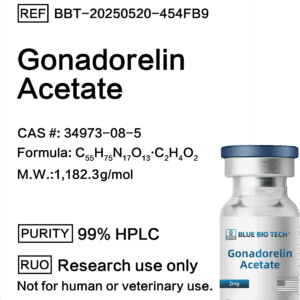
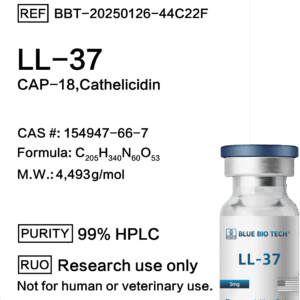
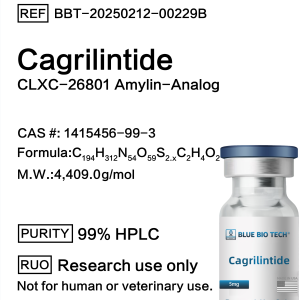
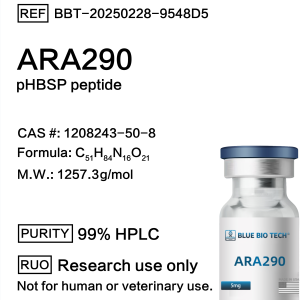
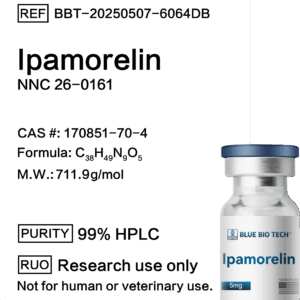
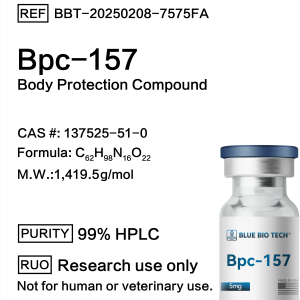

Reviews
There are no reviews yet.